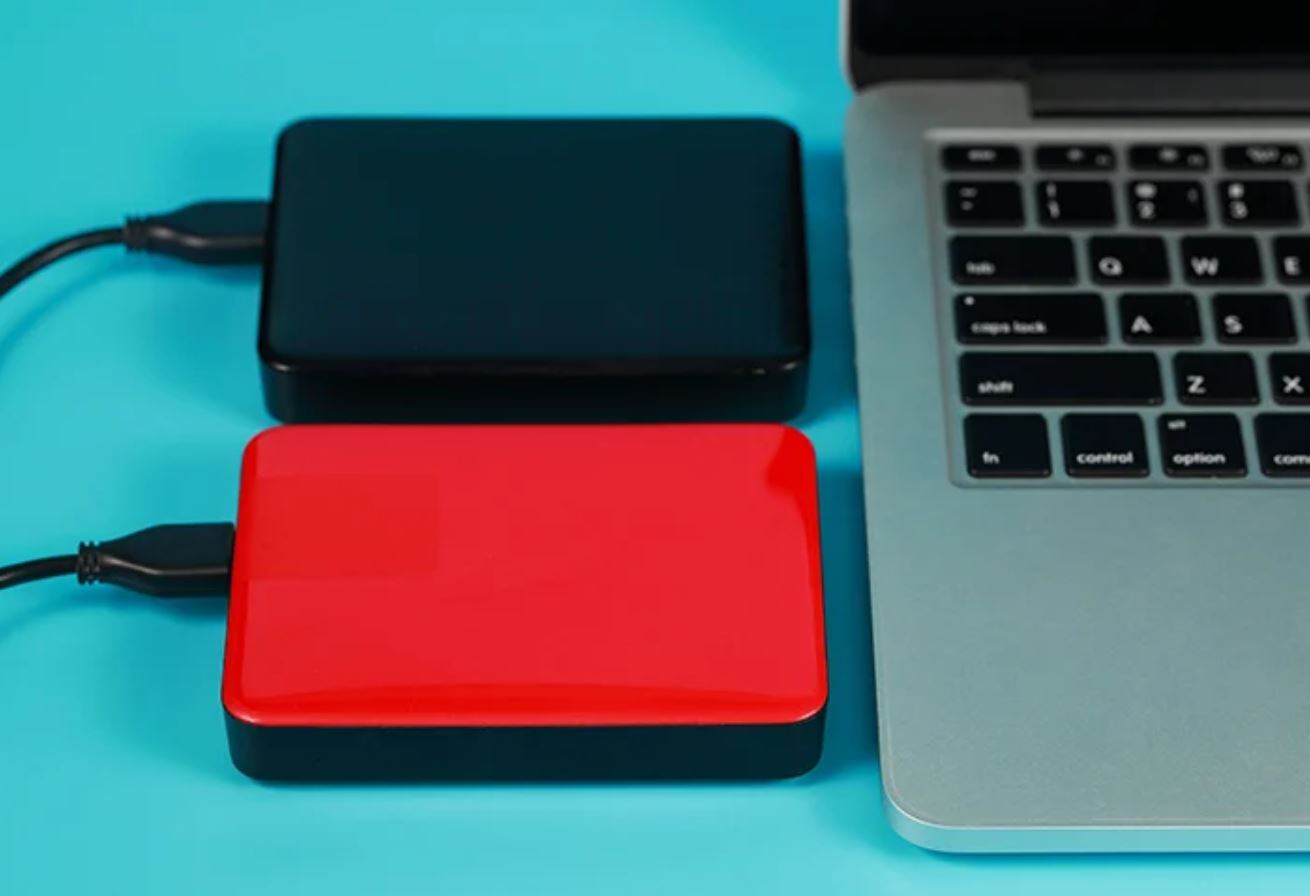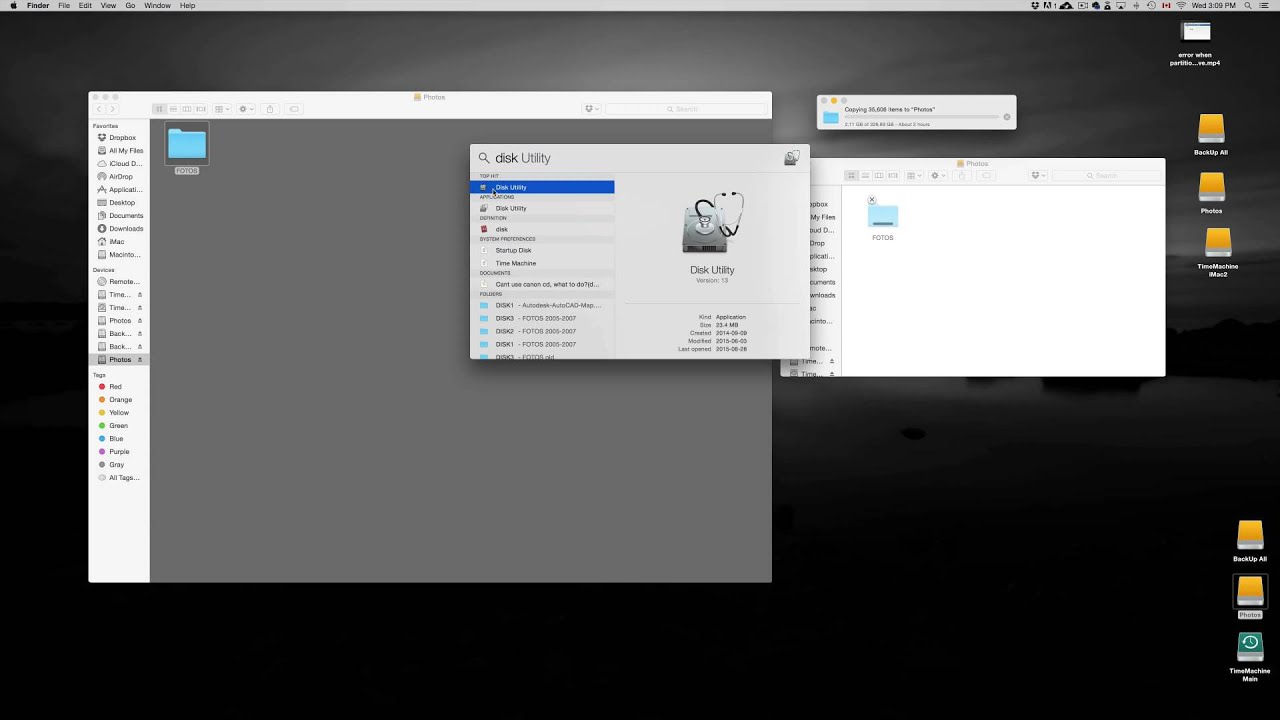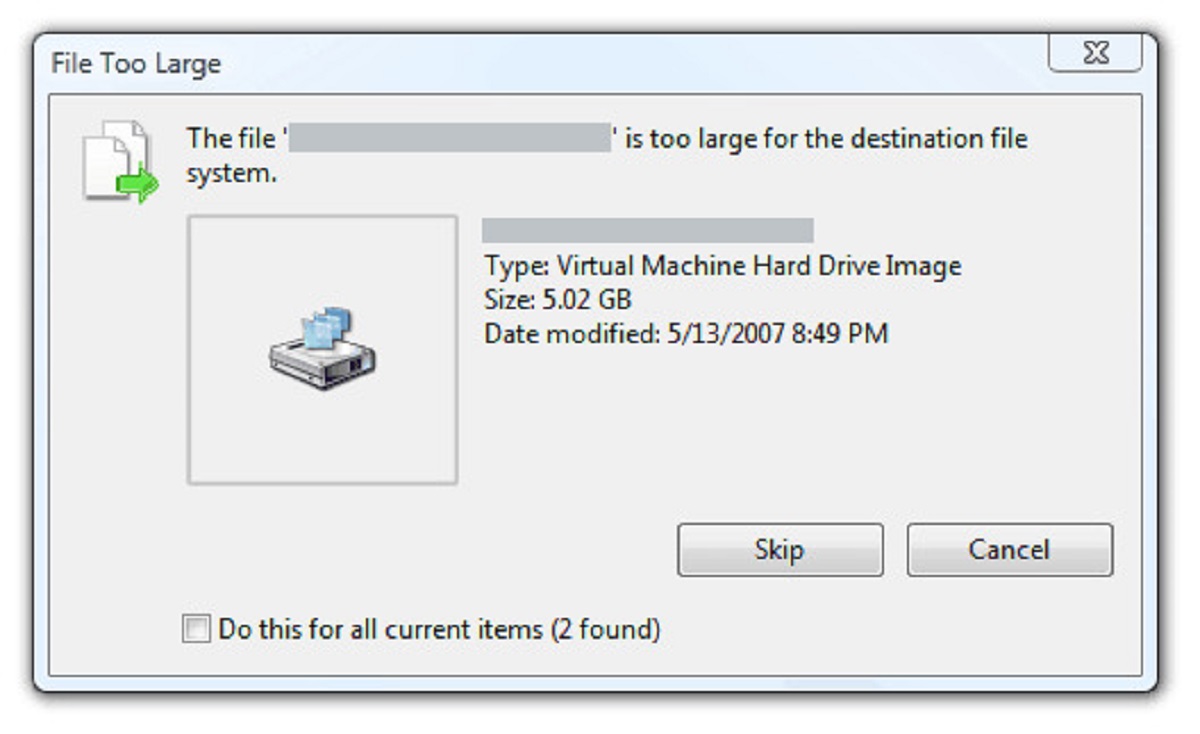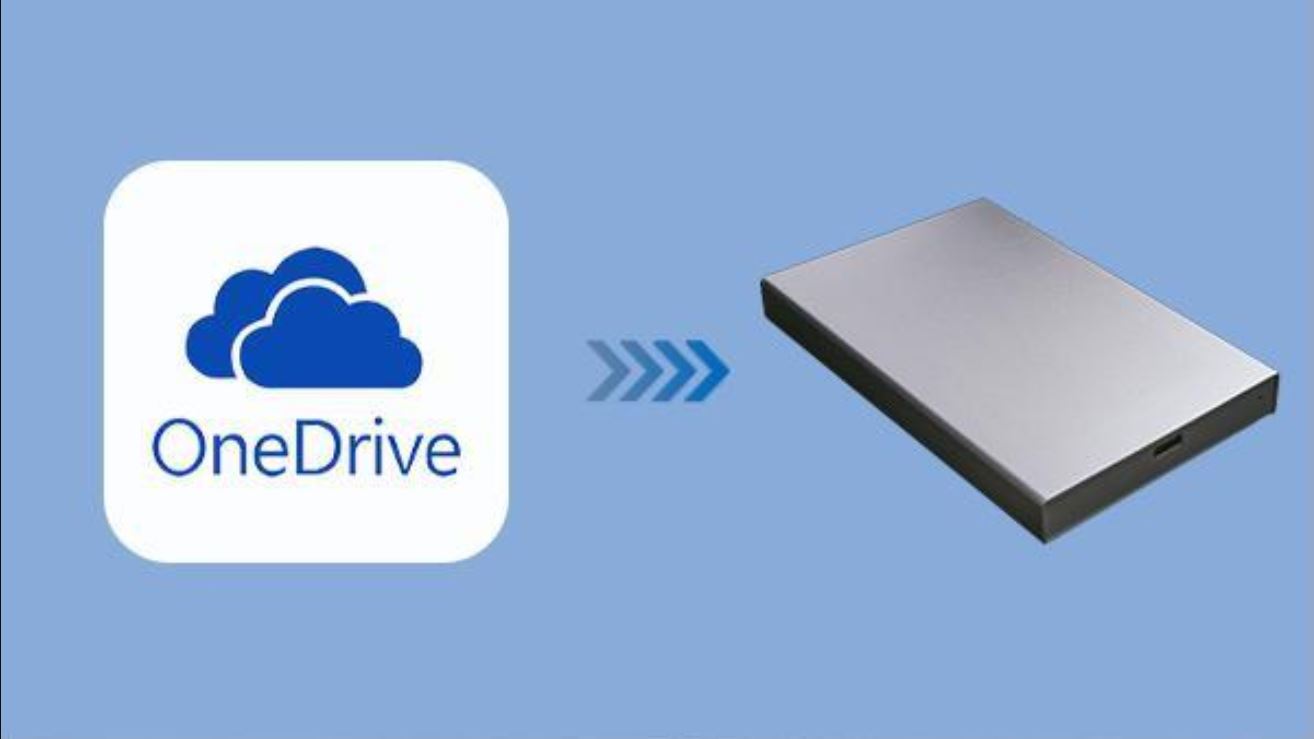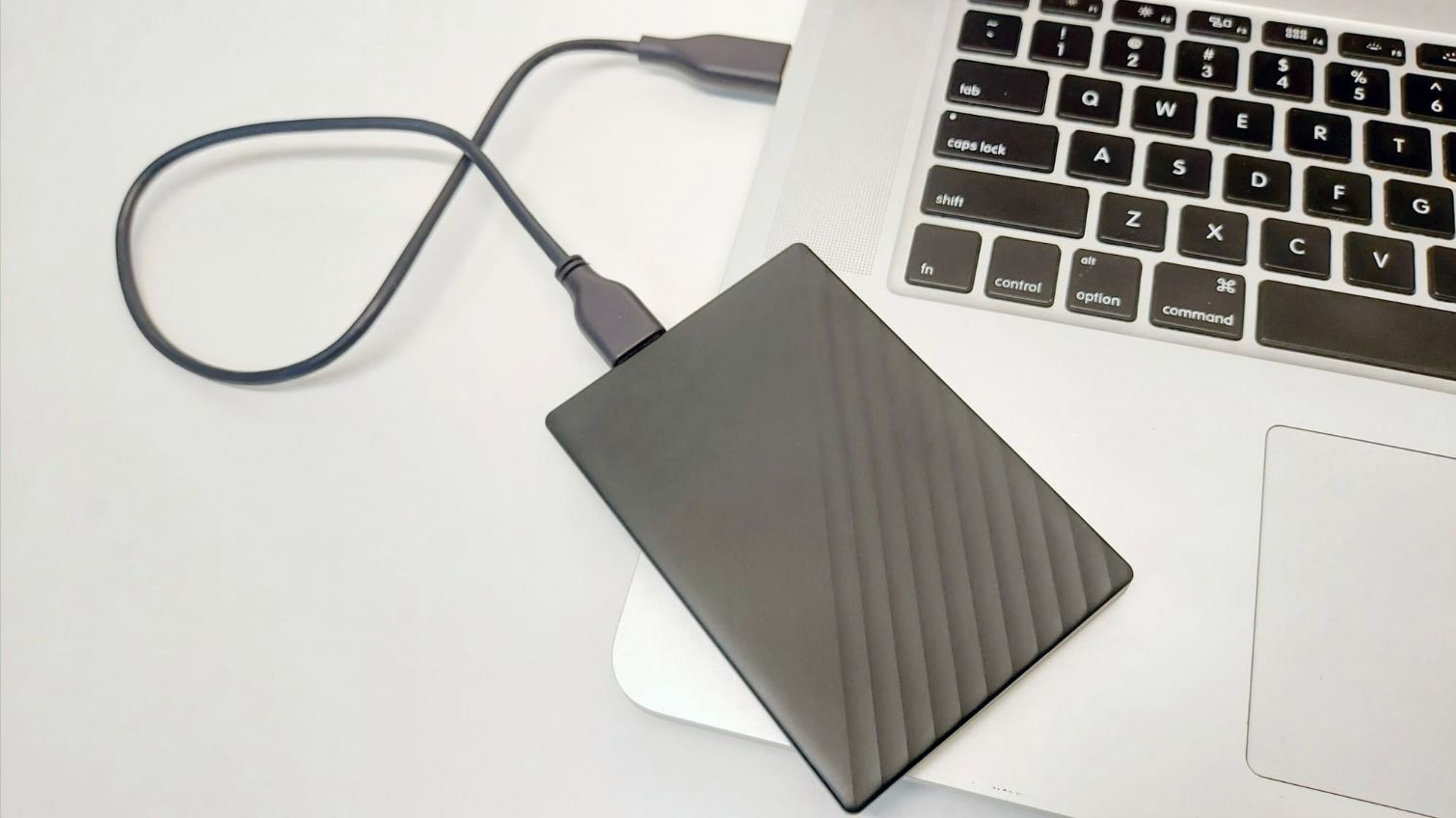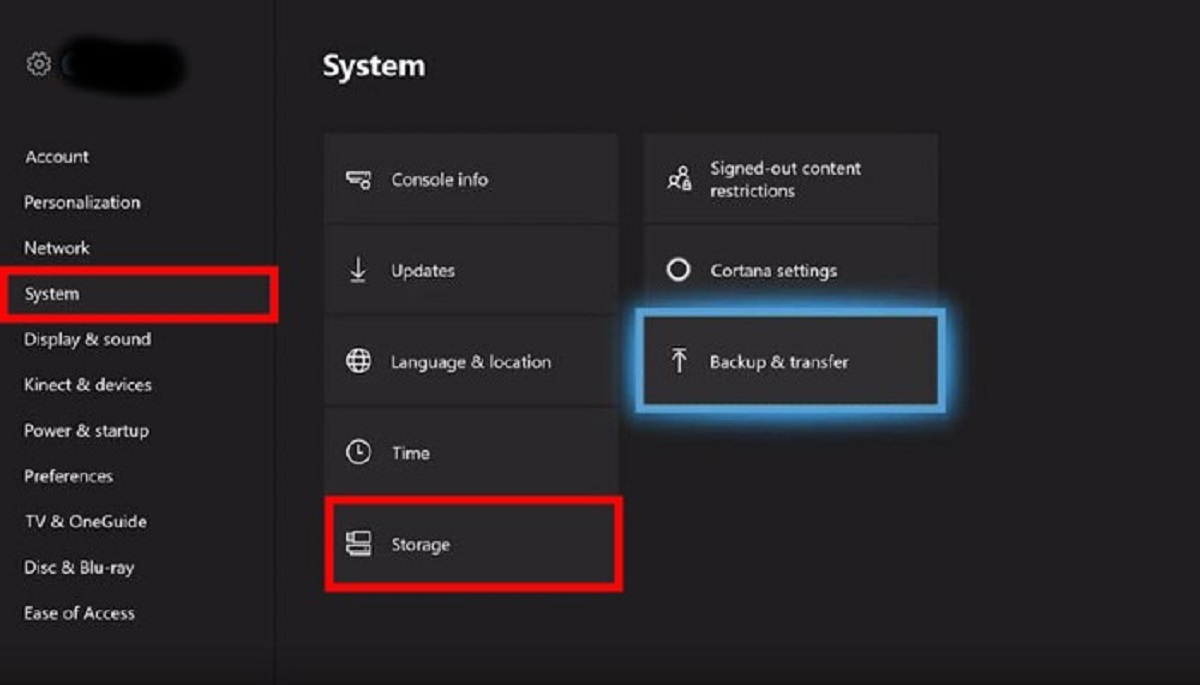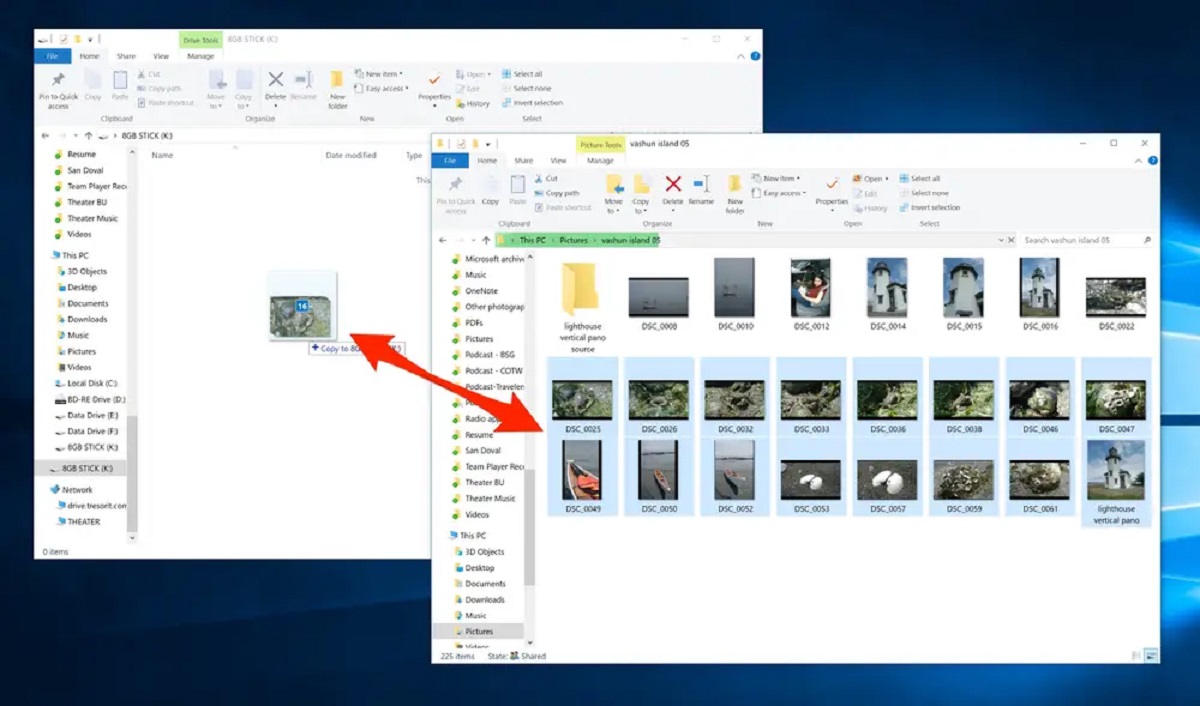Introduction
When it comes to managing large amounts of data, external hard drives are a reliable solution. Whether you’re upgrading your storage capacity, backing up important files, or wanting to duplicate the contents of one drive to another, the process can seem daunting. However, with the right methods and tools, copying one external hard drive to another can be a straightforward task.
In this article, we will explore various methods to help you copy the contents of one external hard drive to another. Whether you’re using a Mac or Windows, we’ve got you covered. From manual copy and paste methods to utilizing specialized software, we’ll guide you step-by-step through the process to ensure a successful data transfer.
But how do you choose the method that’s right for you? Factors such as the operating system, the size of the data, and the level of technical expertise required can all influence your decision. We will discuss the pros and cons of each method so that you can make an informed choice based on your specific needs.
Before we dive into the methods, it’s important to take a few preparatory steps. First, make sure you have enough free space on the destination hard drive to accommodate the data from the source drive. Additionally, it’s always a good idea to perform a backup of your important files before proceeding with any data transfer. This way, you have a safety net in case anything goes wrong during the process.
Now that we’ve covered the basics, let’s move on to connecting the external hard drives and exploring the various methods available for copying one external hard drive to another.
Preparation
Before you begin the process of copying one external hard drive to another, there are a few preparations you need to make to ensure a smooth and successful transfer of data.
Firstly, ensure that you have both the source and destination external hard drives connected to your computer. Use the appropriate cables (USB, Thunderbolt, etc.) to connect the drives securely. Make sure the drives are recognized by your computer before proceeding.
It’s crucial to have enough free space on the destination drive to accommodate the data from the source drive. Take into consideration the size of the data you’ll be transferring and verify that your destination drive has sufficient space available. If needed, consider deleting unnecessary files or transfer some files to another storage device to free up space.
Additionally, it’s essential to back up any important files on both the source and destination drives. Although the copying process is generally safe, unforeseen circumstances can occur that may result in data loss. Having a backup ensures that your files are protected and can be easily recovered, should anything go wrong.
Another important consideration is the file system compatibility between the source and destination drives. If you’re using a Mac, it’s likely that your drives are formatted with the macOS Extended (Journaled) file system. On the other hand, Windows typically uses the NTFS file system. Ensure that both drives are formatted with compatible file systems to avoid any issues during the copying process.
Lastly, make sure that your computer and external hard drives are connected to a stable power source throughout the copying process. Sudden power outages or fluctuations can interrupt the data transfer, leading to potential errors or data corruption.
By taking these preparatory steps, you can minimize the risk of encountering any issues during the copying process and ensure a smooth and successful transfer of data.
Connect the external hard drives
Before you can start copying the contents of one external hard drive to another, you need to ensure that both drives are properly connected to your computer.
Begin by locating the appropriate cables for your external hard drives. Most external drives use USB cables, so make sure you have the necessary USB cables on hand. For some newer drives, you might need Thunderbolt or USB-C cables. Check the documentation that came with your drives to determine the correct cable to use.
Once you have the cables ready, connect one end of the cable to the external hard drive and the other end to an available USB port on your computer. Make sure the connection is secure and that the cables are not loose. Repeat the process for the second external hard drive if you haven’t already connected it.
After connecting the drives, it’s important to ensure that they are recognized by your computer. Open the file explorer or Finder on your computer and check if the external drives are listed under the devices or drives section. If you can see the drives listed, it means they have been successfully connected.
If the drives are not appearing, try disconnecting and reconnecting the cables. Ensure that the cables are properly inserted into the drives and computer ports. You may also want to try connecting the drives to different USB ports or using different cables to rule out any potential issues with the connections.
In some cases, you may need to install drivers or software specific to your external drives. Check the documentation provided with your drives or visit the manufacturer’s website to download and install any necessary drivers or software to ensure proper recognition by your computer.
Once you have confirmed that both drives are properly connected and recognized by your computer, you’re ready to proceed with the next steps to copy the contents of one drive to another.
Now that your external hard drives are connected and ready, let’s explore the different methods you can use to copy the contents from one drive to another.
Choose the appropriate method
When it comes to copying the contents of one external hard drive to another, there are several methods available, each with its own advantages and limitations. The method you choose will depend on factors such as the operating system you’re using, the size of the data, and your level of technical expertise. Let’s explore the different methods and their suitability for various scenarios.
1. Manual Copy and Paste: This method involves manually selecting the files and folders from the source drive and copying them to the destination drive. It is a straightforward method and suitable for users who want more control over the copying process. This method can be used on both Mac and Windows systems.
2. File Syncing Software: File syncing software allows you to synchronize the files and folders between the source and destination drives. This method is convenient for keeping both drives up-to-date with the latest changes. Popular file syncing software includes Dropbox, Google Drive, and SyncToy.
3. Disk Cloning Software: Disk cloning software enables you to create an exact replica or clone of the entire source drive onto the destination drive. This method is ideal for users who want to replicate the entire drive, including the operating system and all files. Notable disk cloning software includes Carbon Copy Cloner for Mac and EaseUS Todo Backup for Windows.
4. Time Machine (Mac) or Windows Backup and Restore (Windows): These built-in backup and restore tools on Mac and Windows systems respectively allow you to create a complete backup of your source drive and restore it onto the destination drive. This method is recommended for users who prefer a simplified, automated process.
Consider the size and complexity of the data you’re working with, your familiarity with different software, and your desired level of control to determine the most appropriate method for your needs.
It’s also a good idea to consider the safety of your data during the copying process. If you have sensitive data, it’s advisable to use a method that includes data verification to ensure the integrity of the copied files.
By choosing the most suitable method, you can efficiently copy the contents of one external hard drive to another while ensuring the safety and integrity of your data.
Method 1: Manual Copy and Paste (Mac)
If you’re using a Mac and prefer a simple and straightforward method to copy the contents of one external hard drive to another, the manual copy and paste method is a great option. This method allows you to manually select the files and folders from the source drive and copy them to the destination drive. Here’s how you can do it:
- Connect both the source and destination external hard drives to your Mac.
- Open a new Finder window by clicking on the Finder icon located on the Dock.
- In the Finder window, locate and select the source drive from the sidebar under the “Devices” section.
- Navigate to the desired files and folders that you want to copy from the source drive.
- Once you have selected the files and folders, right-click on them and choose the “Copy” option, or simply press “Command + C” on your keyboard.
- Switch to the destination drive in the Finder window by clicking on its name in the sidebar.
- Right-click inside the destination drive folder and choose the “Paste” option, or press “Command + V” on your keyboard.
- The files and folders will now begin to copy from the source drive to the destination drive. The time it takes will depend on the size and number of files being copied.
- Once the copying process is complete, you can safely eject both the source and destination drives from your Mac.
It’s important to note that when you manually copy and paste files, the metadata associated with the files, such as creation dates and permissions, may not be preserved. If preserving metadata is crucial, you may consider using specialized software or alternative methods.
The manual copy and paste method is a simple and effective way to transfer data between external hard drives on a Mac. It allows you to have full control over the files and folders that are copied, making it a reliable method for most users.
Method 2: Manual Copy and Paste (Windows)
If you’re using a Windows computer and prefer a straightforward method to copy the contents of one external hard drive to another, the manual copy and paste method is a reliable option. This method allows you to manually select the files and folders from the source drive and copy them to the destination drive. Here’s how you can do it:
- Connect both the source and destination external hard drives to your Windows computer.
- Open a new File Explorer window by clicking on the File Explorer icon in the taskbar or by pressing “Windows key + E” on your keyboard.
- In the File Explorer window, locate and select the source drive under the “This PC” or “Computer” section.
- Navigate to the files and folders that you want to copy from the source drive.
- Once you have selected the files and folders, right-click on them and choose the “Copy” option, or press “Ctrl + C” on your keyboard.
- Switch to the destination drive in the File Explorer window by clicking on its name under the “This PC” or “Computer” section.
- Right-click inside the destination drive folder and choose the “Paste” option, or press “Ctrl + V” on your keyboard.
- The files and folders will now begin to copy from the source drive to the destination drive. The duration of the copying process depends on the size and number of files being copied.
- Once the copying process is complete, you can safely eject both the source and destination drives from your Windows computer.
It’s important to note that when you manually copy and paste files, the metadata associated with the files, such as timestamps and permissions, may not be preserved. If preserving metadata is crucial, you may consider using specialized software or alternative methods.
The manual copy and paste method is a reliable and convenient way to transfer data between external hard drives on a Windows computer. It allows you to have complete control over the files and folders being copied, making it a suitable method for most users.
Method 3: Using File Syncing Software
If you want a convenient and automated way to copy the contents of one external hard drive to another, using file syncing software is an excellent choice. File syncing software allows you to synchronize files and folders between the source and destination drives, ensuring that both drives have the latest versions of the files. Here’s how you can use file syncing software:
- Choose and install a file syncing software that meets your requirements. Popular options include Dropbox, Google Drive, and SyncToy.
- Connect both the source and destination external hard drives to your computer.
- Launch the file syncing software and sign in or create an account if required.
- Select the files and folders on the source drive that you want to sync and copy to the destination drive.
- Choose the destination folder on the destination drive where you want to sync the files from the source drive.
- Configure the syncing options, such as the frequency of syncing and any specific rules or filters you want to apply.
- Start the syncing process. The software will analyze the changes and begin syncing the files from the source drive to the destination drive.
- The software will continue to monitor for any changes and automatically update the files on the destination drive to match the source drive.
- You can review the syncing progress and manage any conflicts or errors that may arise during the syncing process.
File syncing software offers the advantage of automatically keeping both drives up-to-date with the latest changes. Any modifications made to the files on the source drive will be replicated on the destination drive, ensuring consistency between the two drives.
It’s important to note that file syncing software requires an internet connection for the syncing process to occur. Additionally, there may be file size limitations or storage restrictions depending on the specific software you’re using.
Using file syncing software provides a seamless and convenient way to copy and synchronize files between external hard drives. It eliminates the need for manual intervention and ensures that your files are always up-to-date on both drives.
Method 4: Using Disk Cloning Software
If you want to create an exact replica or clone of your source external hard drive onto the destination drive, using disk cloning software is an effective method. Disk cloning software enables you to copy the entire contents of one drive, including the operating system and all files, to another drive. Here’s how you can use disk cloning software:
- Research and choose a reliable disk cloning software that supports your operating system. Popular options include Carbon Copy Cloner for Mac and EaseUS Todo Backup for Windows.
- Connect both the source and destination external hard drives to your computer.
- Launch the disk cloning software and select the option to clone a drive.
- Select the source drive from which you want to clone the data.
- Choose the destination drive where you want to clone the data. Be cautious as the destination drive will be completely overwritten during the cloning process, so ensure that you have selected the correct drive.
- Configure any additional settings, such as choosing whether to clone the entire drive or specific partitions.
- Start the cloning process. The software will begin copying the data from the source drive to the destination drive.
- Depending on the size of the data being cloned, the process may take some time. You can monitor the progress and verify that the cloning is being completed successfully.
- Once the cloning process is complete, you can safely disconnect both the source and destination drives from your computer.
Using disk cloning software provides the advantage of creating an exact replica of the source drive, including the operating system and all files. This makes the destination drive a bootable copy, allowing you to directly access and use it as if it were the original drive.
It’s important to note that disk cloning software may have specific requirements or limitations depending on the software you’re using. It’s recommended to carefully review the documentation or user guide provided by the software developer to ensure successful cloning.
Using disk cloning software is an efficient and reliable method to create an exact copy of the source drive onto the destination drive. It’s particularly valuable when you want to replicate the entire drive, including the operating system and all files, without the need for manual file selection.
Method 5: Using Time Machine (Mac)
If you’re using a Mac and want a convenient and automated method to copy the contents of one external hard drive to another, using Time Machine is a recommended option. Time Machine is the built-in backup and restore feature in macOS, designed to easily create backups of your Mac’s files, including external hard drives. Here’s how you can use Time Machine to copy data:
- Connect both the source and destination external hard drives to your Mac.
- Ensure the destination drive is formatted correctly and has enough free space to accommodate the data from the source drive.
- Go to the Apple menu and select “System Preferences.”
- Click on “Time Machine.” If it’s your first time using Time Machine, you’ll need to set up the backup disk.
- Click on the “Select Backup Disk” button and choose the destination drive as your backup disk.
- Enable Time Machine by toggling the switch to “On.”
- Click on “Options” to configure Time Machine’s settings.
- Add the source drive to the list of excluded items if it’s not already set to be backed up.
- Click “Save” to confirm the changes.
- Time Machine will now start making regular backups of your Mac, including the data from the source drive, to the destination drive.
- To restore the data onto another external hard drive, connect the destination drive to your Mac and go to the Time Machine menu.
- Select “Enter Time Machine” and navigate through the timeline to find the desired backup.
- Select the files or folders you want to restore and click on the “Restore” button.
- The data will be copied from the Time Machine backup to the destination drive.
Using Time Machine simplifies the backup and restore process, as it automates the copying and syncing of data between external hard drives. It also provides the advantage of easily accessing previous versions of files in case you need to retrieve older versions or recover from data loss.
It’s worth noting that Time Machine requires an external hard drive dedicated solely for backups. It’s recommended to regularly check the status of your backups and ensure that both the source and destination drives are properly connected to maintain an up-to-date backup.
Utilizing Time Machine is an efficient and user-friendly method to copy the contents of one external hard drive to another on a Mac. It provides peace of mind knowing that your data is protected and easily restorable.
Method 6: Using Windows Backup and Restore (Windows)
If you’re using a Windows computer and want a hassle-free method to copy the contents of one external hard drive to another, using Windows Backup and Restore is a recommended option. Windows Backup and Restore is a built-in feature in Windows that allows you to create backups of your files, including those on external hard drives. Here’s how you can use Windows Backup and Restore:
- Connect both the source and destination external hard drives to your Windows computer.
- Ensure the destination drive has enough free space to accommodate the data from the source drive.
- Open the Control Panel by searching for “Control Panel” in the search bar or by right-clicking on the Start button and selecting “Control Panel”.
- In the Control Panel, click on “System and Security” and then select “Backup and Restore (Windows 7)”.
- Click on “Set up backup” and choose the destination drive as your backup location.
- Select the files and folders from the source drive that you want to include in the backup. You can also choose to include a system image for a complete backup.
- Configure any additional settings, such as scheduling regular backups or choosing specific folders to exclude from the backup.
- Click “Save settings and run backup” to start the backup process.
- Windows Backup and Restore will now create a backup of the selected files and folders from the source drive onto the destination drive.
- To restore the data onto another external hard drive, connect the destination drive to your Windows computer.
- Open the Control Panel, navigate to “Backup and Restore (Windows 7)”, and click on “Restore my files”.
- Follow the on-screen instructions to select the backup you want to restore and choose the destination drive where you want to restore the files.
- Windows Backup and Restore will copy the files from the backup onto the destination drive.
Using Windows Backup and Restore simplifies the backup and restore process, providing an automated way to copy and restore files between external hard drives. It offers the advantage of easily recovering individual files and folders or restoring the entire backup, depending on your needs.
It’s important to regularly check the status of your backups and ensure the destination drive is always connected to ensure an up-to-date backup. Additionally, be mindful that the backup process may take some time depending on the size of the data being copied.
Utilizing Windows Backup and Restore provides a reliable and straightforward method to copy the contents of one external hard drive to another on a Windows computer. It offers peace of mind knowing that your data is securely backed up and easily recoverable.
Conclusion
Copying the contents of one external hard drive to another is a task that can be accomplished using various methods, each suited to different preferences and needs. Whether you’re using a Mac or a Windows computer, there are options available to simplify the process and ensure a successful transfer.
In this article, we discussed six different methods to copy one external hard drive to another. The manual copy and paste method allows for direct control over file selection and is available on both Mac and Windows operating systems. File syncing software provides automated synchronization of files between drives, ensuring that changes are consistently replicated. Disk cloning software creates an exact replica of the source drive, including the operating system and all files. Time Machine on Mac and Windows Backup and Restore offer built-in backup and restore features, providing an automated and straightforward way to copy and restore data.
Before proceeding with any method, it is important to take the necessary preparatory steps, such as ensuring both drives are connected and recognized, and that there is enough free space on the destination drive. Additionally, creating a backup of your important files is crucial to safeguard against any unforeseen issues during the copying process.
By choosing the appropriate method based on your specific requirements and following the step-by-step instructions provided, you can successfully copy the contents of one external hard drive to another. Whether you prioritize ease of use, complete replication, or automated backups, there is a method available to suit your needs.
Remember to regularly check the status of your backups, ensure both the source and destination drives are properly connected, and monitor the progress of any copying or syncing processes. By doing so, you can ensure the safety and integrity of your data throughout the transfer process.
Whether you’re upgrading your storage capacity, creating backups, or duplicating data for other purposes, these methods provide you with the flexibility and control to efficiently manage your external hard drives. Choose the method that best suits your requirements and get ready to seamlessly transfer your data between drives.







